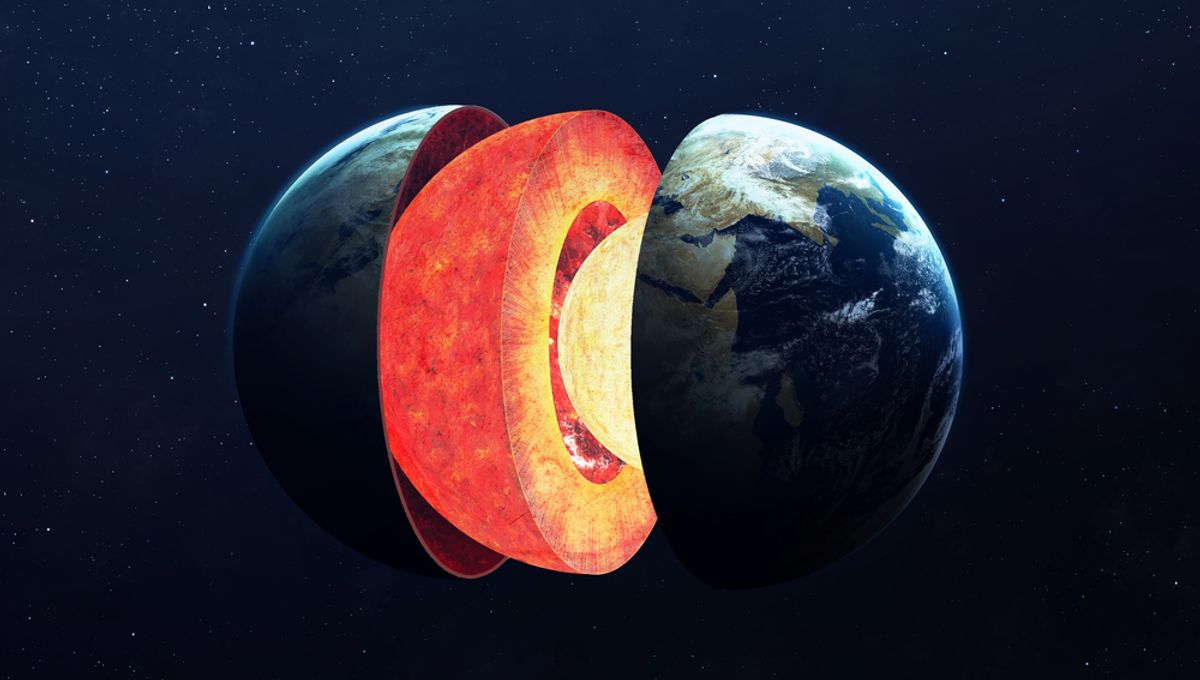
Deep beneath Australia, scientists have used ultra-fine lasers to reveal an Ireland-sized chunk of Earth’s crust that could be up to 4 billion years old. Considering our planet is estimated to be 4.5 billion years old, this discovery could provide some insights into the very early Earth-bending tectonic forces that helped shape the rocky outer shell of our planet’s surface.
As reported in the journal Terra Nova, researchers from Curtin University in Perth gathered tiny grains of zircon extracted from beach sand in Western Australia (WA) and blasted them with lasers “finer than a human hair.”
Together with isotopic analysis, this process revealed where minerals had eroded from, indicating their origins lay in a 100,000 square kilometer (38,610 square mile) piece of Earth’s protocrust that’s between 4 billion and 3.8 billion years old.
“There is evidence that an up to four billion-year-old piece of crust about the size of Ireland has been influencing the geological evolution of WA for the past few billions of years and is a key ingredient of rocks formed in WA across this time,” lead author Maximilian Droellner, from the Timescales of Mineral Systems Group within Curtin’s School of Earth and Planetary Sciences, said in a statement.
“This piece of crust has survived multiple mountain-building events between Australia, India, and Antarctica and appears to still exist at tens of kilometers of depth under the South-West corner of WA.”
The age of this chunk of Earth’s crust is of big interest. This era marks a time when the planet shifted from the Hadean Eon – a “hellish” landscape when the Earth was little more than a fiery ball of melted rock – to the first era of the Archean Eon when a solid crust emerged.
Estimates vary, but it’s believed life emerged on Earth sometime around 3.75 billion years ago. Given these dates, the protocrust beneath WA could unearth some information about how our planet transitioned from uninhabitable to life-supporting.
“This suggests a significant change in the evolution of the Earth some four billion years ago, as meteorite bombardment waned, crust stabilized and life on Earth began to establish,” explained Droellner.
It could also have some implications for the future. It could it be used to help identify where economically important minerals can be found, but it also has the potential to inform our search for life elsewhere in the universe.
“The edge of the ancient piece of crust appears to define an important crustal boundary controlling where economically important minerals are found. Recognizing these ancient crustal remnants is important for the future of optimised sustainable resource exploration,” added Dr Milo Barham, also from the Timescales of Mineral Systems.
“Studying the early Earth is challenging given the enormity of time that has elapsed, but it has profound importance for understanding life’s significance on Earth and our quest to find it on other planets.”
Source Link: A 4-Billion-Year-Old Chunk Of Earth's Crust Lies Beneath Western Australia